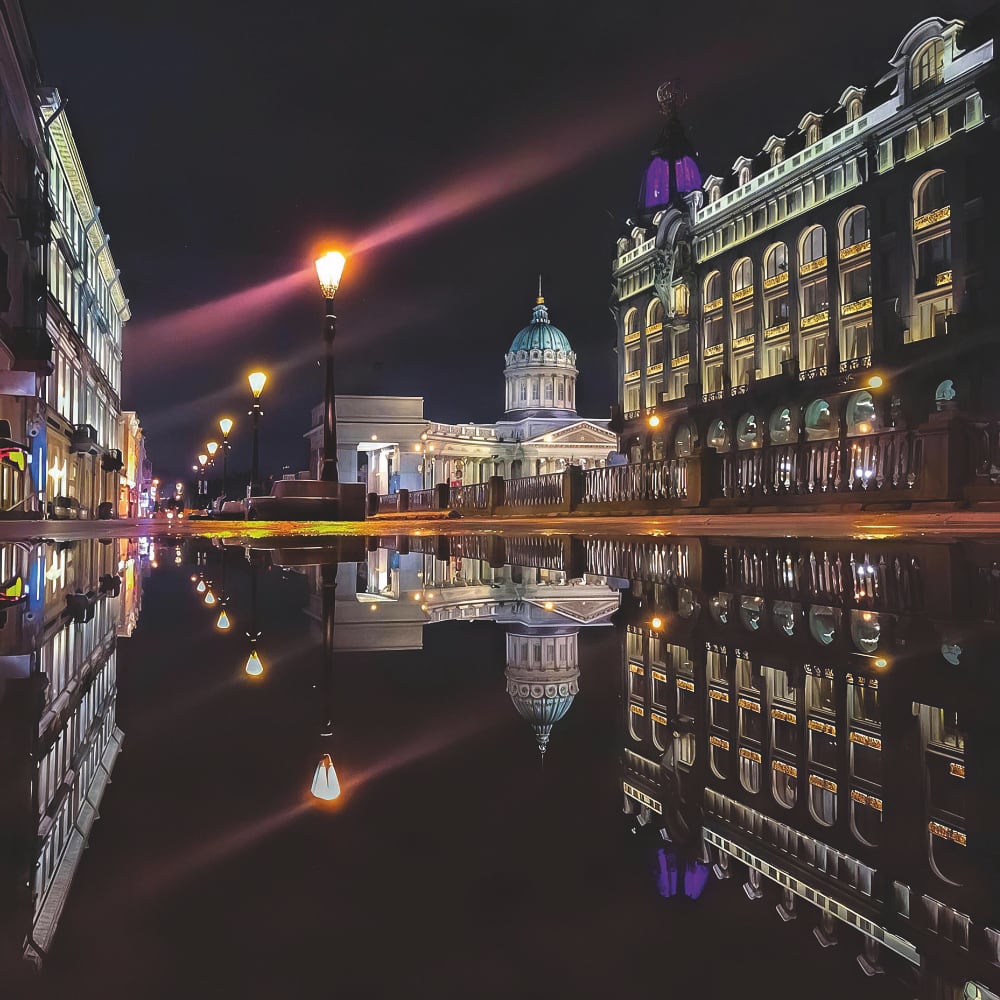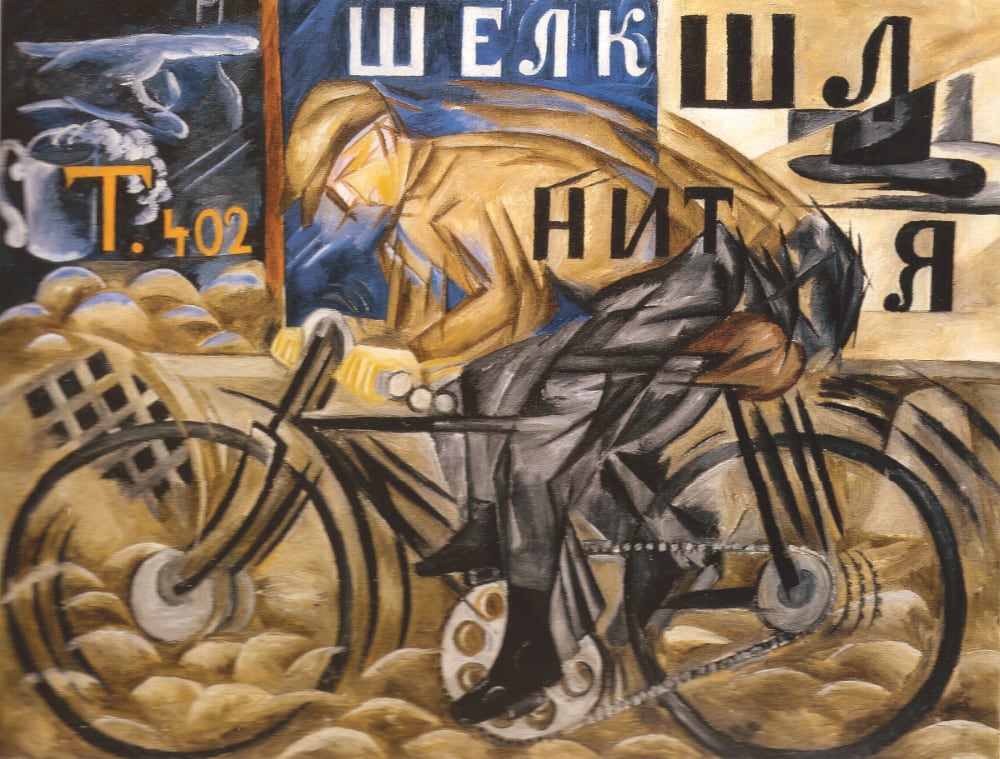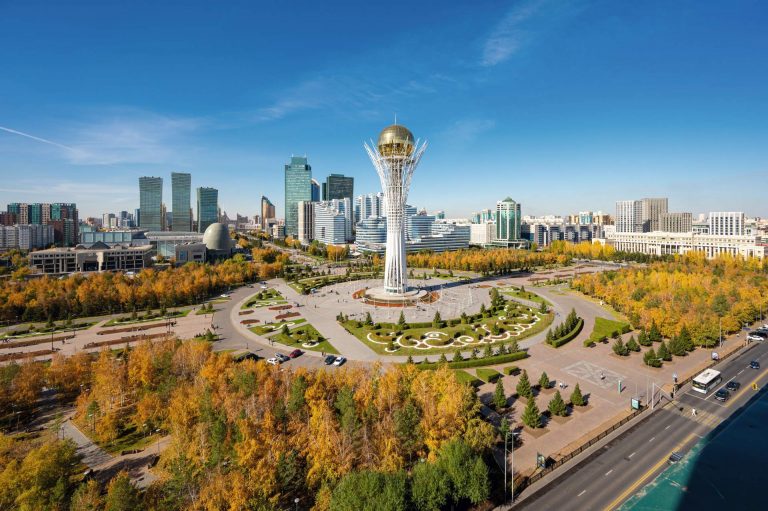The period of the St. Petersburg International Economic Forum, from June 18 to 21, will be filled with vibrant cultural events.
Our Avant-Garde. The Great Experiment of Russian Art
From June 18, Russian Museum

The world’s largest collection of avant-garde art at the Russian Museum is likely well known to all art enthusiasts — it is prominently featured in the permanent exhibition and regularly highlighted in a wide range of scholarly publications. But the museum has decided to showcase it on a full scale and in a truly spectacular way for the first time in many years — and the timing couldn’t be better: all the major masterpieces have returned from exhibitions to St. Petersburg and have had ample time to “rest.”
The story of this part of the great collection of Russian art is best captured in Katarina Lopatkina’s recent book Vasily Pushkaryov: The Right Road, the Long Way Around, which tells the story of the legendary museum director who elevated the Avant-Garde collection to true greatness.
The exhibition will feature not only the leading figures of the Avant-Garde — headed by Malevich, Kandinsky, Rodchenko, and Burliuk — but also their lesser-known contemporaries and collaborators.

Art Deco Dress
The exhibition Packaged Dreams
Until September 7, State Hermitage Museum
In 1925, at the International Exhibition of Decorative Arts and Industry in Paris, the new Art Deco style made its grand debut in all its refined opulence — a style that has continued to influence every facet of art and design for nearly a century. Russia’s premier museum is the first to mark the style’s 100th anniversary with a large-scale exhibition featuring a telling subtitle: Art Deco Fashion in the Collections of the State Hermitage Museum and Nazim Mustafayev. The latter is the owner of an extensive collection of historical footwear and costume, spanning from the late 17th century to the present day, with a special emphasis on works by French and Italian designers from the 1920s and 1930s. Beaded dresses, shoes, and heels — seen as a distinct art form — along with photographs and posters, will be displayed alongside works by artists of that era in the museum’s galleries. Among them are Henri Matisse, Kees van Dongen, Raoul Dufy, Erté, and many others.

Viktor Vasnetsov. On the 175th Anniversary of His Birth
Until June 23, Russian Museum
Although the half-anniversary of the fairy-tale artist took place back in 2023, Russian museums have only begun celebrating it a year later. The first to speak was the Tretyakov Gallery with the exhibition The Vasnetsovs. Across the Generations. From the 19th to the 21st Century last year. St. Petersburg then launched a powerful monographic retrospective of the family’s most renowned representative. The joint exhibition of the Russian Museum and the Tretyakov Gallery is enriched by numerous important works from regional museums — including those in Nizhny Novgorod and Kirov.

Viktor Vasnetsov is also remembered as a gifted architect and designer. He was the one who designed Russian-style modernist furniture, later crafted by his younger brother Arkady; he was also responsible for the stage design of numerous theatrical productions.
Why, why am I better than anyone?
Until July 5, KGallery
This year marks the 120th anniversary of Daniil Kharms — writer, playwright, poet, and leader of the legendary group of cultural innovators, OBERIU. And while major museums may be unable to mobilize resources quickly enough to assemble a commemorative exhibition, KGallery steps in to do just that — just as it did with past shows dedicated to Georgy Gurianov and Arkady Ippolitov. This time is no exception: for the exhibition — presented by the curators as a portrait of the protagonist and his circle in the 1920s–30s St. Petersburg — over 150 objects will be gathered, ranging from emblematic personal belongings, manuscripts, and letters to artworks created both by artists closely associated with the OBERIU group and by “parallel” witnesses of that era. The list of participants is impressive — Kazimir Malevich, Pavel Filonov, Vladimir Sterligov, Alisa Poret, Yuri Yurkyn, Nikolay Lapshin, and others.

Photo: Vostock Photo, Press Office, Oleg Zoloto/Press Office


